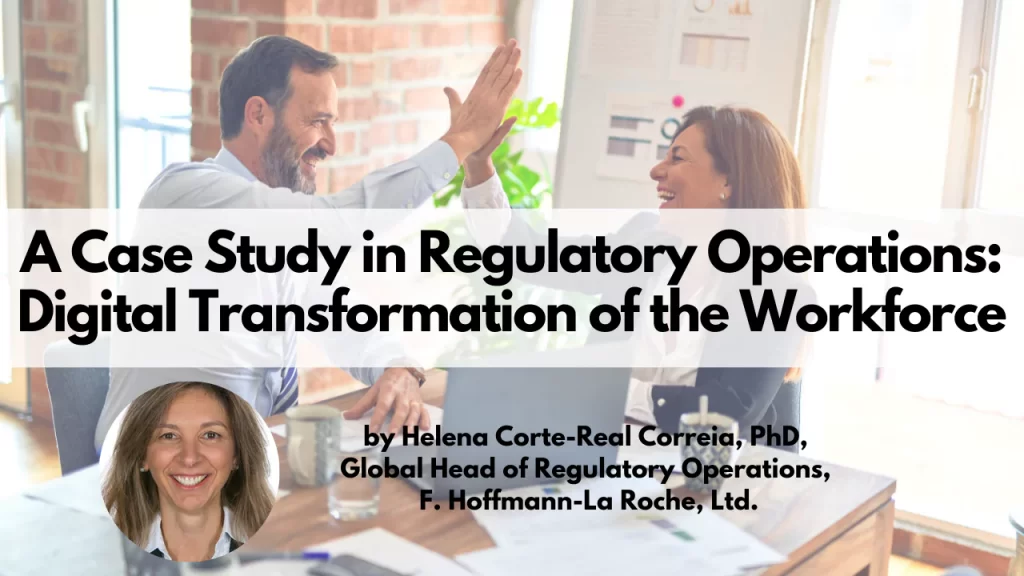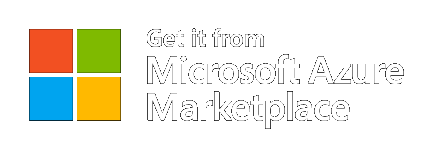If you work in Regulatory Operations, you are probably knee-deep in transformation. Whether you are upgrading your entire RIM system (or parts of it), or migrating to cloud-based solutions, testing and implementing automation of repetitive and manual tasks, and preparing for IDMP, CTR and data submissions in general, it probably feels like change is everywhere and that it is happening at an unprecedented pace!
Advances in data and technology are disrupting the world of submissions. The way dossiers are planned, prepared and submitted is being completely reimagined.
It is easy to think about transformation as changes in technology and/or changes in processes, often resulting from new regulations (e.g., IDMP or CTR). Yet, transformation is so much more. It requires changes in mindset, in behaviors, and rethinking our ways of working. So how can we ensure transformations are successful? How do we help people understand the need for change? Importantly, how can we engage people to own and actively drive change?
Having gone (and still going) through transformation in my own group, I have come to realize that putting people at the heart of transformation, i.e., having an integrated people strategy as part of transformation, is key to success. What does this mean exactly? It means developing an integrated approach to transformation, where culture (mindset and behaviors), upskilling, new roles and new ways of working are brought together, hand in hand, with changes in technology and processes. All components must be activated together and must complement each other.
So how and where do you start? My advice is to think about 1-2 priorities within each component of the people strategy and start to implement these, in a stepwise manner. Transformation is a journey and it evolves continuously. Being overambitious can lead to failure, as people need time to learn and adjust. Below are some of my key learnings on transformation.
The importance of leadership in shifting culture
In our transformation, the components of culture we prioritized were having an enterprise mindset and creating an environment of learning and experimentation. We wanted our Regulatory Operations team to understand their work in the context of the whole submission end-to-end process, so they could have the knowledge and freedom to rethink all of it. In addition, with the implementation of new technology, we wanted our teams to take on new roles and work that they would need to define themselves and shape themselves. So, experimentation and iteration would be key.
Enterprise mindset can only be achieved by helping the team understand the future landscape and helping them connect the dots. This is where the role of leadership is key – in providing context, explaining the why, and importantly, establishing an environment of trust where people feel safe to try new things, to speak up if things are not going well, or they do not understand the direction, and allow for mistakes without judgment. Psychological safety is the underlying premise to establishing a culture of experimentation, learning and iteration, all of which are crucial in the new digital world we are in.
Prioritizing upskilling and time to learn
It is important to think about strengthening both technical and soft skills. In our transformation, we prioritized data and digital fluency, as well as agility and influencing.
We put together a curriculum that included a mix of online learning, classroom training, and ‘on-the-job’ training. One method we found useful was to create user stories that allow visualization of the skills needed in new roles. Detailed individual and functional learning journeys are also very useful tools to manage expectations around learning and training. What we found is that allowing people time to learn is key for engagement.
Encouraging experimentation of new roles
The impact of new technology and working in more agile ways opened up opportunities for new roles in our organization. Examples stem from the implementation of IDMP or RIM and include data domain leads, data stewards and data and content administrators. Because these roles are new and evolving, our organization transitioned to broad job descriptions and individuals were then encouraged to take on these roles and actively shape them. This allowed them to think beyond their job descriptions and collaborate across functional boundaries to solve work challenges. By learning from each other, they are building the needed culture of learning and experimentation.
Rethinking how we work
As the nature of work changes and as we implement solutions that allow for flow of data across systems, oversight across the portfolio lifecycle, and greater transparency in the information submitted to health authorities, this requires a new way of looking at how we source work, especially how we outsource work.
We have shifted our focus from looking at individual activities/tasks to taking an end-to-end approach to the work and moving towards a fully integrated workforce. This means that work teams/squads are composed of internal employees, offshored employees, vendors and bots, all working alongside each other in a very fluid and networked environment. This allows for greater flexibility of resources and the ability to respond to needs faster.
In summary, as we prepare for a future of cloud-based submissions and real-time sharing of information globally, it is important to help people understand and drive change. This means, they need to embrace new technologies with a mindset of experimentation and collaboration, taking on new roles and responsibilities, and upskilling to leverage the opportunities transformation can bring. People are what make transformation successful and for that, we need to invest in them and believe in them.
About the Author: Helena Corte-Real Correia, PhD, Global Head of Regulatory Operations, F. Hoffmann-La Roche, Ltd.
Helena Corte-Real Correia is the Global Head of Regulatory Operations within Product Development at Roche. With a PhD in Marine Genetics from the University of Liverpool and over 10 years of research in molecular genetics at Oxford University, the Portuguese National Institute of Health, and Basel University, she transitioned to the pharmaceutical industry to apply her scientific knowledge and skills to advance healthcare. She joined the Regulatory Affairs group at Roche in 2003 and is currently leading the Operations group through digital transformation.
Helena is passionate about using science and technology to improve people’s lives.






